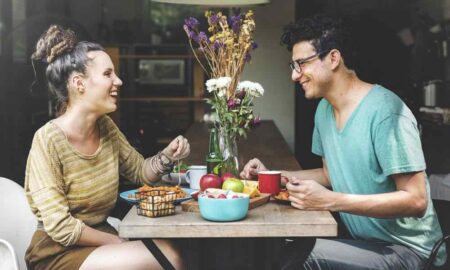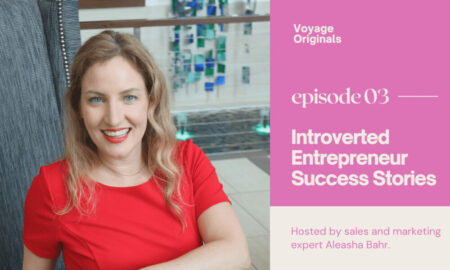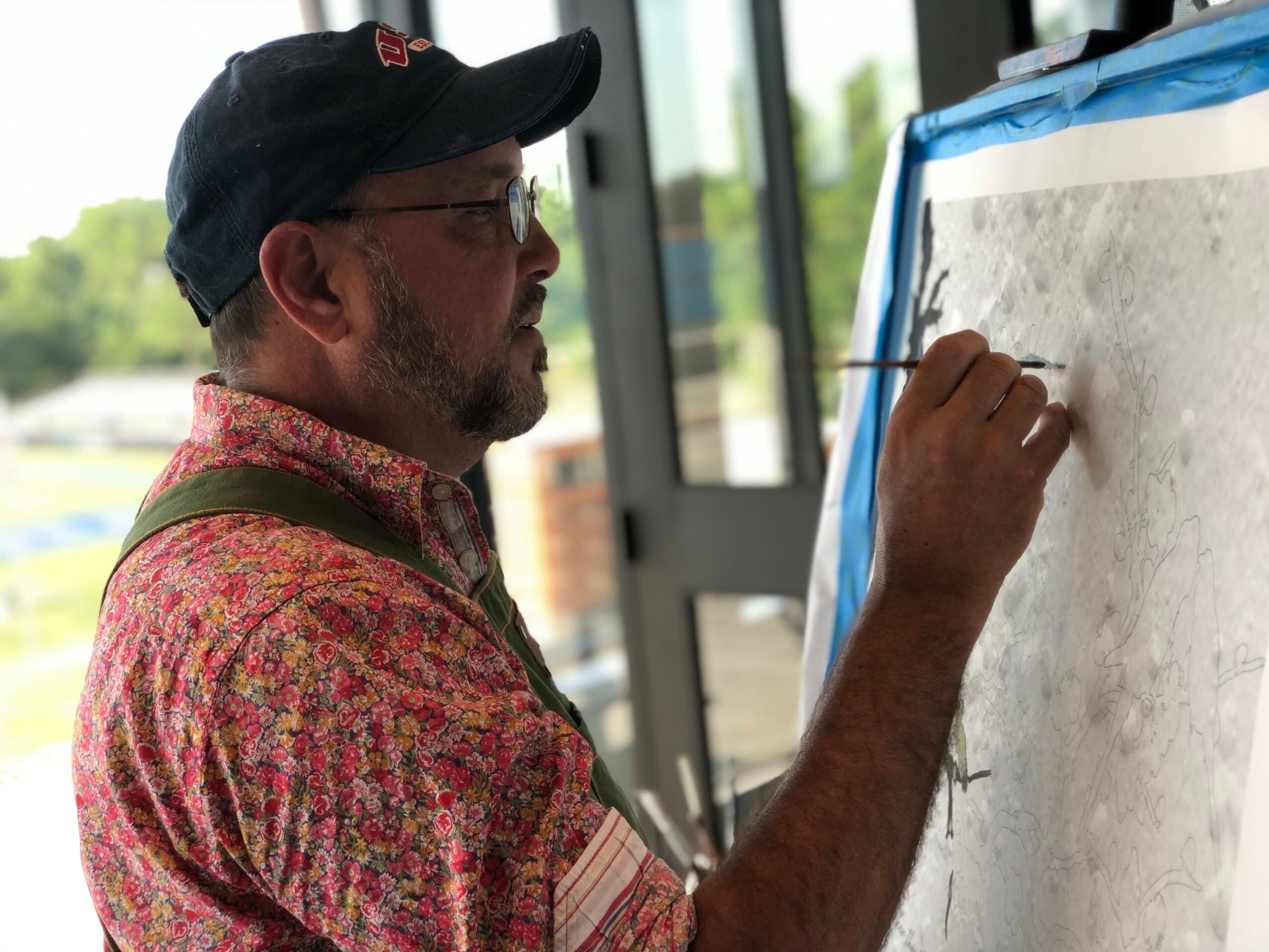

Today we’d like to introduce you to Jimmy Jenkins.
Jimmy, we appreciate you taking the time to share your story with us today. Where does your story begin?
I was born and raised in Fort Worth, Texas, and have spent over five decades creating art that connects people to their surroundings and to each other. My journey started as a young artist fascinated by how design could influence feeling—whether through color, composition, or storytelling. I studied Commercial Art and Advertising at Texas State Technical Institute in Waco, which opened doors for me to work in design, illustration, and print production with clients such as Harley-Davidson and Color Tile.
Over time, my focus shifted toward public art and community projects. I found my purpose in creating pieces that not only beautify public spaces but also foster dialogue and belonging. I’ve worked with organizations like the Fort Worth Arts Council, the Trinity River Vision Authority, and the Cultural District Alliance, helping shape the River District into a more engaging and creative neighborhood.
Every project I take on—whether it’s a sculpture, mural, or design collaboration—stems from a desire to bring people together. Art, to me, is a form of healing and connection. It’s been a lifelong pursuit to create work that makes people stop, reflect, and feel more rooted in their community.
Would you say it’s been a smooth road, and if not what are some of the biggest challenges you’ve faced along the way?
It’s definitely been a winding road—rewarding, but far from smooth. The art world can be unpredictable, especially when you’re determined to stay true to your vision instead of following trends. There have been seasons where projects fell through, funding disappeared, or collaborations became complicated. Like most artists, I’ve had to learn patience and persistence the hard way.
Another challenge has been balancing creativity with practicality—turning passion into something sustainable. Running a gallery, managing public art projects, and handling business details can be just as demanding as the creative work itself. But through every setback, I’ve grown more grounded in my purpose.
Art has taught me that struggle is part of the process—it shapes your voice and deepens your understanding of why you create. Every obstacle has pushed me to find new ways to connect with people and strengthen the communities I care about.
Appreciate you sharing that. What else should we know about what you do?
My work bridges fine art and community storytelling. I create sculptures, murals, and public art installations that reflect the spirit of Fort Worth and the people who live here. I’m drawn to projects that transform ordinary spaces into places that spark imagination and connection. Over the years, I’ve worked on everything from the Savanna exhibit at the Fort Worth Zoo to sculptures for the Botanic Garden and design collaborations for the Trinity River Vision and River District.
I’m most proud of how my art brings people together. Whether it’s a mural that brightens a neighborhood or a sculpture that invites reflection, I want my work to feel accessible—to make someone pause and feel something genuine.
What sets me apart is that I approach each piece as both an artist and a neighbor. I’m not just creating for a gallery; I’m creating for the community I live in. My art isn’t about decoration—it’s about belonging. I believe when people see themselves reflected in the work around them, it strengthens their connection to the place they call home.
What sort of changes are you expecting over the next 5-10 years?
I think public art and community design are entering a more meaningful phase. People are craving authenticity and connection more than ever, and I see the art world responding to that. Instead of focusing just on large-scale, high-budget projects, there’s a growing respect for art that tells local stories—pieces that feel human, grounded, and tied to the land and culture around them.
Technology will continue to influence the creative process—AI, digital rendering, and projection mapping are changing how we design and share ideas—but I believe the heart of art will remain personal. The real shift, I think, will be how artists collaborate with neighborhoods, architects, and city planners to shape spaces that serve people emotionally as well as visually.
In 10 years, I see more public spaces designed with art at the foundation—not as an afterthought. Art will be seen as essential infrastructure for healthy, connected communities.
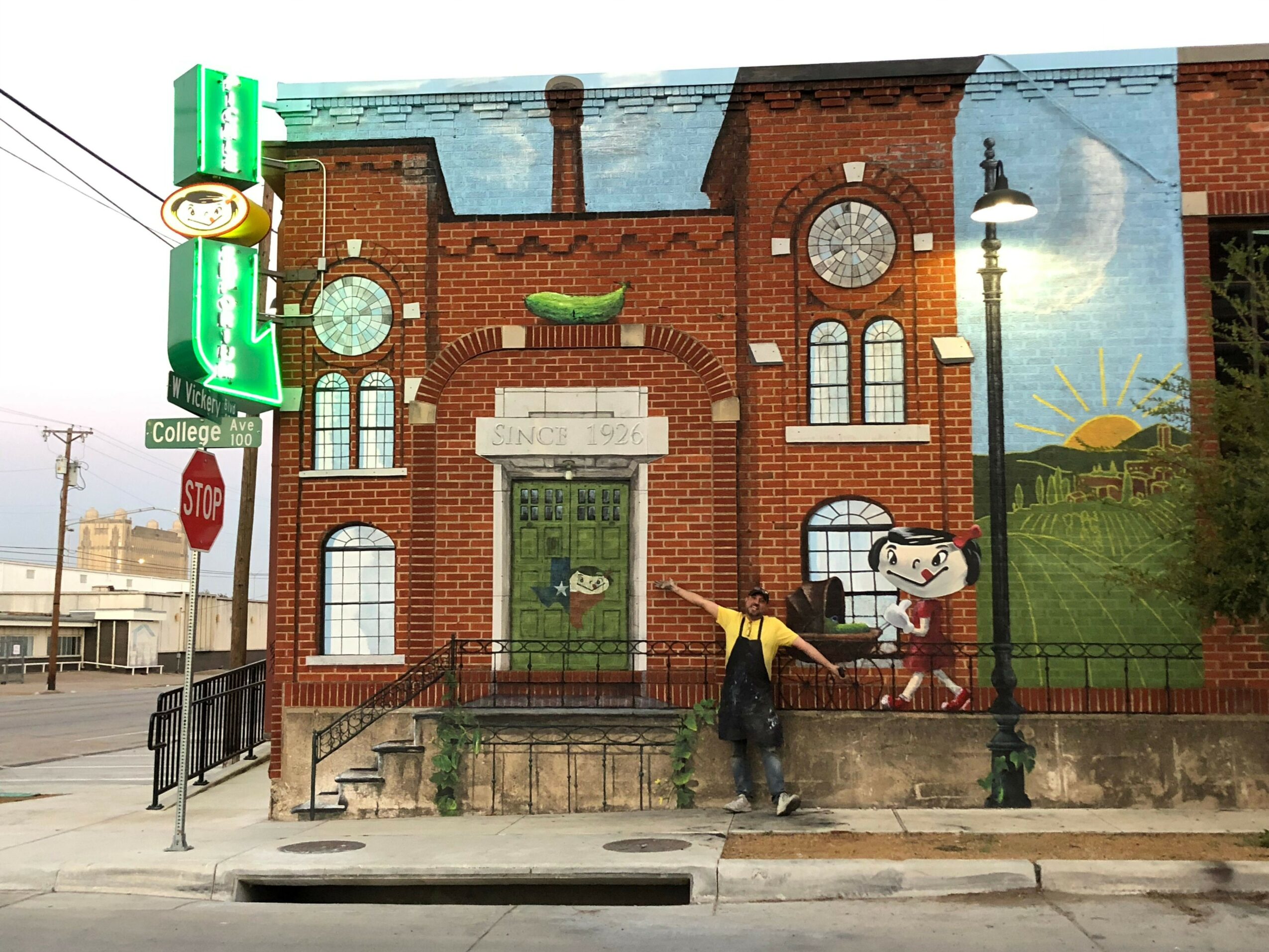
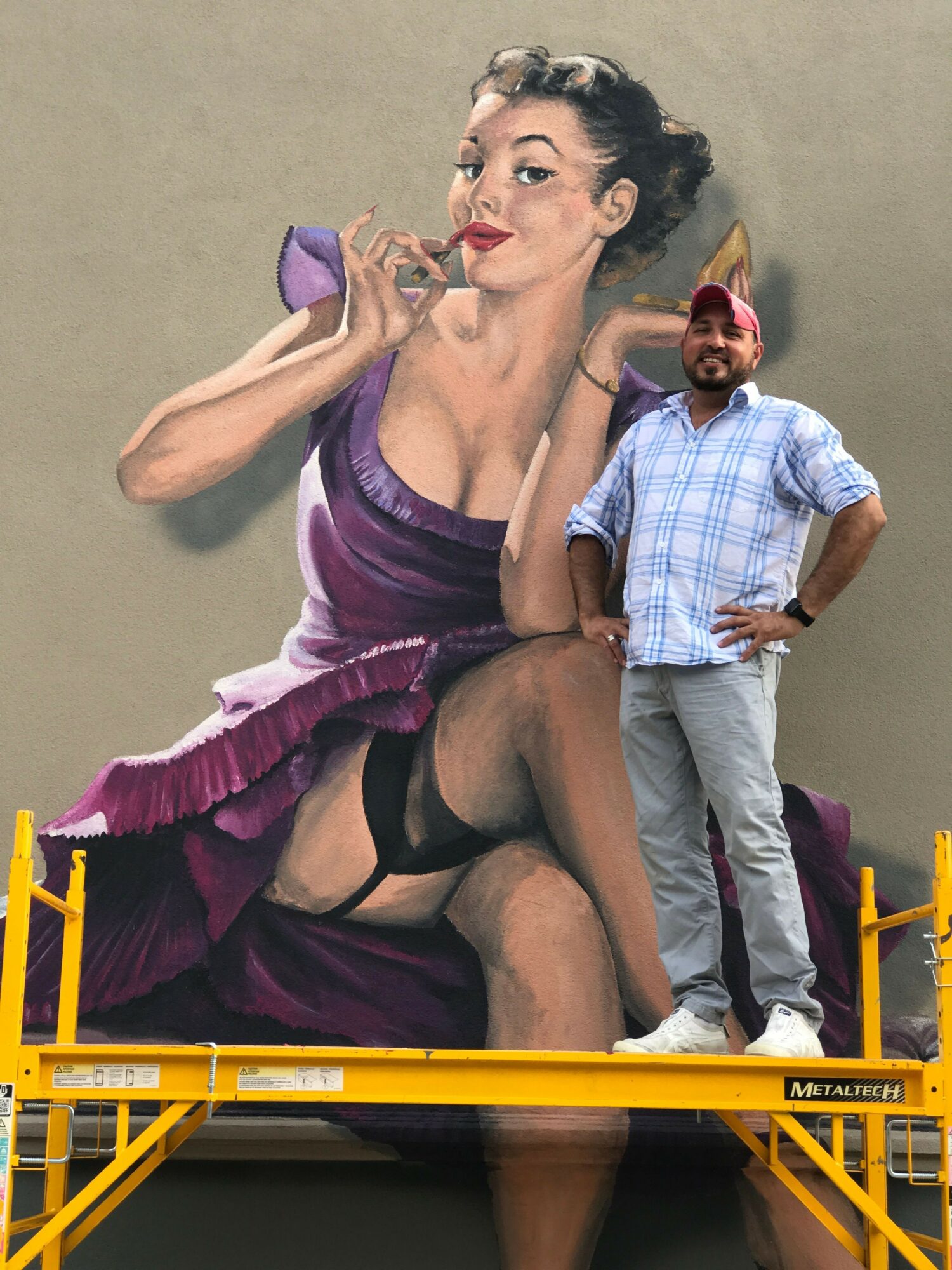

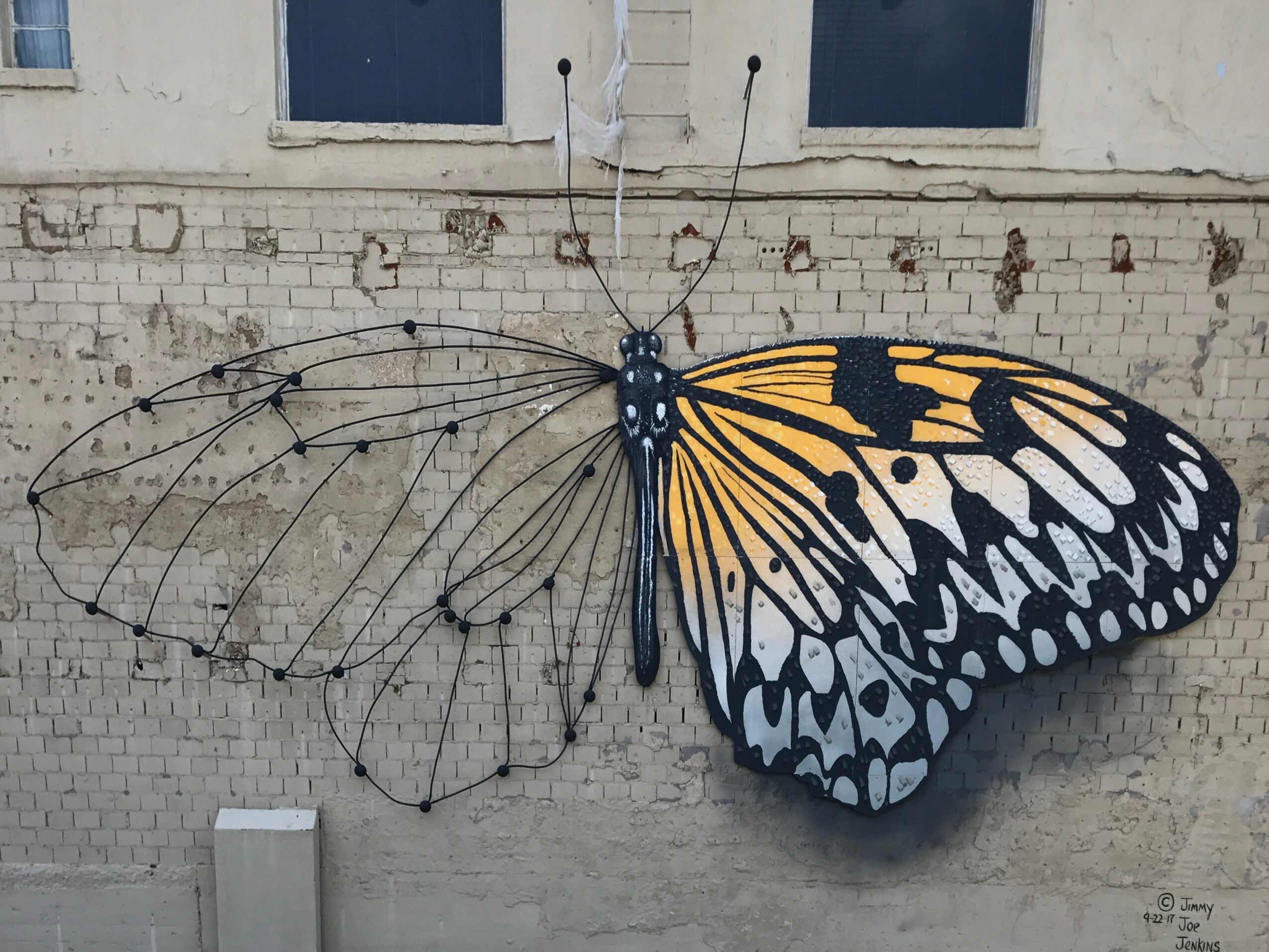
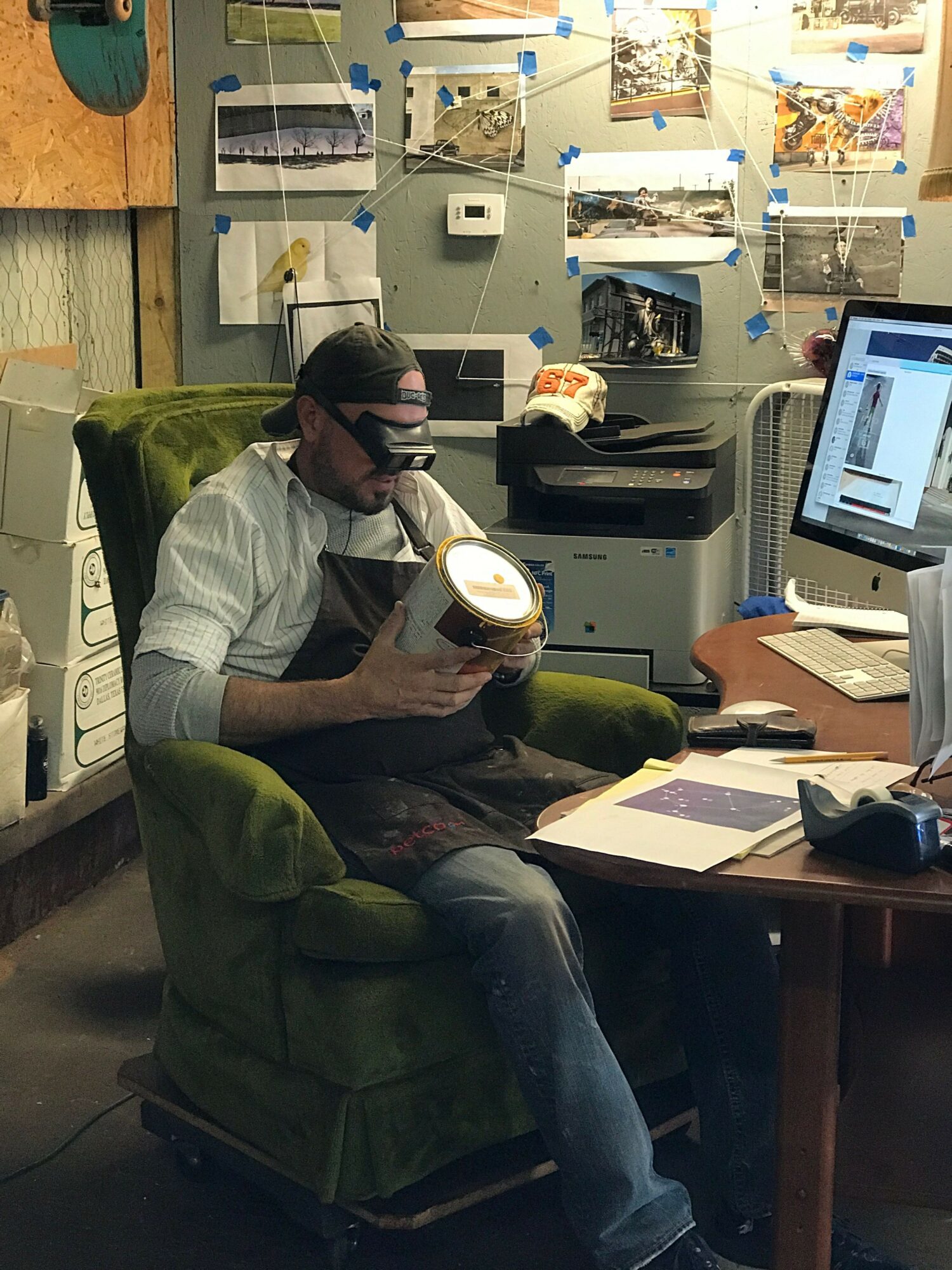




Image Credits
Jimmy Joe Jenkins




